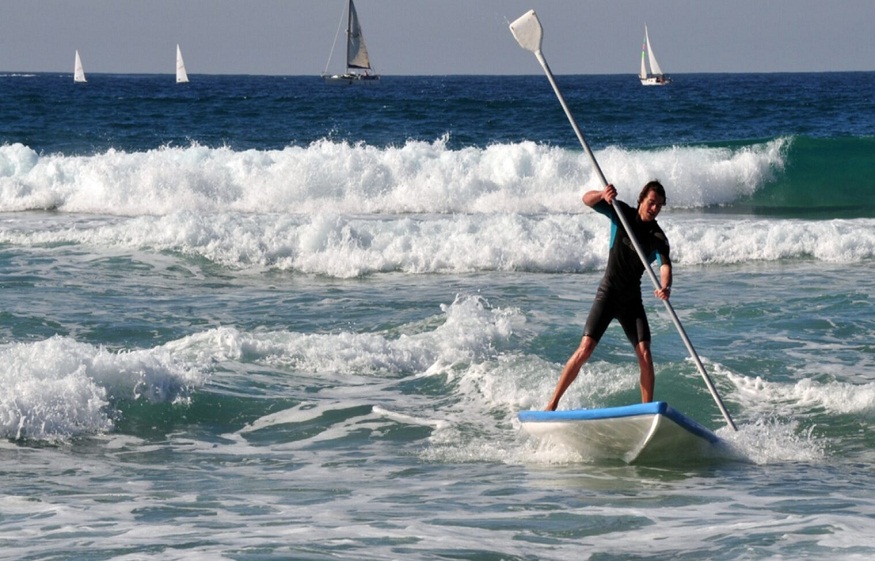A Comprehensive Guide to Selecting Your Ideal Paddleboard

If you’ve ever dreamed of gliding across glassy lakes, riding gentle ocean waves, or exploring winding rivers, paddleboarding might just be your perfect outdoor escape. But before you hit the water, you need the right board—and with so many options on the market, finding your ideal fit can feel overwhelming.
This guide breaks down everything you need to know when selecting a paddleboard, whether you’re a complete beginner or looking to upgrade your current setup.
Types of Paddleboards
Understanding the different types of paddleboards is the first step in making the right choice:
1. All-Around Paddleboards
These are versatile and great for beginners. They’re stable, easy to maneuver, and work well in a variety of water conditions—perfect for casual paddling, light surf, and even yoga.
2. Touring Paddleboards
Longer and narrower, touring boards are built for speed and efficiency. They’re ideal for long-distance paddling on flatwater lakes, bays, and coastal areas.
3. Surf Paddleboards
Shorter with more rocker (curvature), these are designed for catching waves. Not ideal for beginners unless you have prior surfing experience.
4. Racing Paddleboards
Lightweight and very narrow, these boards are made for speed and competition. Best for experienced paddlers looking to train or race.
Inflatable vs. Hard Paddleboards
One of the biggest decisions you’ll make is whether to go with an inflatable or rigid (hard) paddleboard.
Inflatable Paddleboards
- Pros: Portable, easy to store, and surprisingly durable.
- Cons: Slightly less performance-oriented on choppy water or high speeds.
- Best For: Beginners, travelers, and anyone short on storage space.
Hard Paddleboards
- Pros: Better performance, speed, and responsiveness.
- Cons: Bulky and requires roof racks or large storage space.
- Best For: Surfers, racers, or performance-focused paddlers.
Key Features to Consider
1. Board Length
- Short (under 10’): Best for surfing and kids.
- Medium (10’–12’): Ideal for all-around use and beginners.
- Long (12’6”+): Great for touring and racing.
2. Width
- Wider boards (32”+) offer more stability, while narrower boards are faster but less stable.
3. Weight Capacity
Make sure the board supports your weight plus any gear you’ll carry. Most boards list a recommended weight range.
4. Fin Setup
- Single fin: Tracks well and is common on touring boards.
- 3-fin (thruster): Offers balance between control and maneuverability—common for all-around use.
5. Deck Pad and Handles
Look for a non-slip deck pad and easy-to-carry handles—especially important for beginners.
Choosing the Right Inflatable Paddle Board
If storage, transport, and ease of use matter most to you, choosing the right inflatable paddle board can make your paddleboarding experience dramatically better. Look for high-quality construction (dual-layer PVC), a reliable pump, strong seams, and good customer reviews. Many inflatable boards now perform nearly as well as hard boards in most recreational settings.
Selecting your ideal paddleboard is all about understanding how and where you plan to paddle. Whether you’re paddling through calm mountain lakes or coastal inlets, the right board will make every trip safer, smoother, and more enjoyable.
Take your time, try a few if you can, and don’t be afraid to ask questions at your local paddle shop. The water’s waiting—get out there and enjoy the ride.
